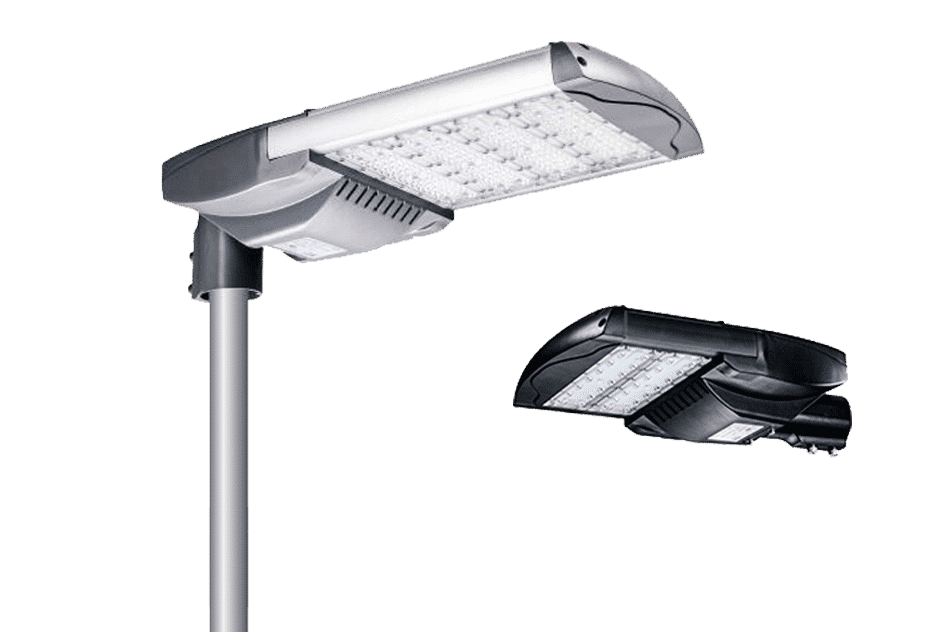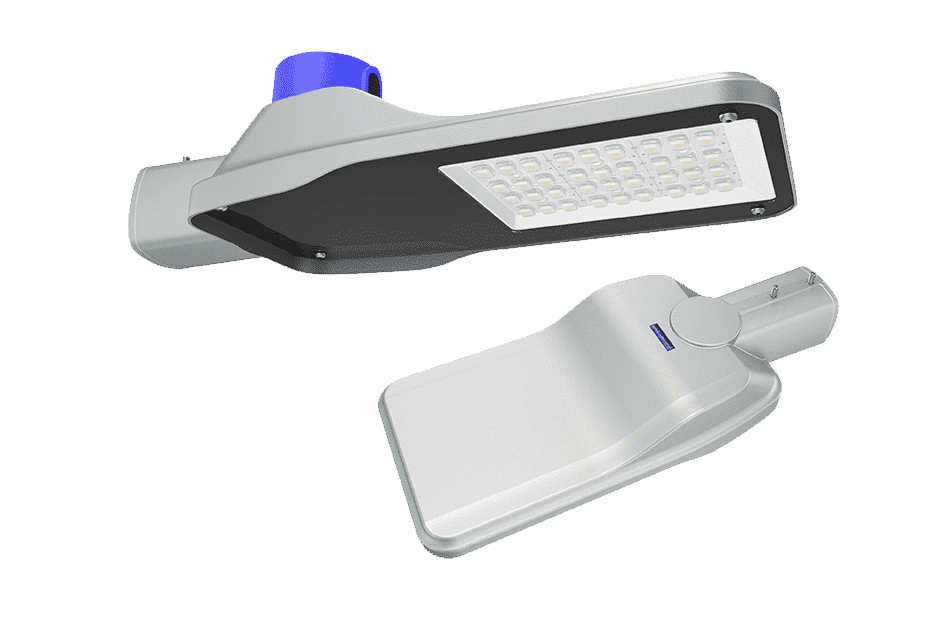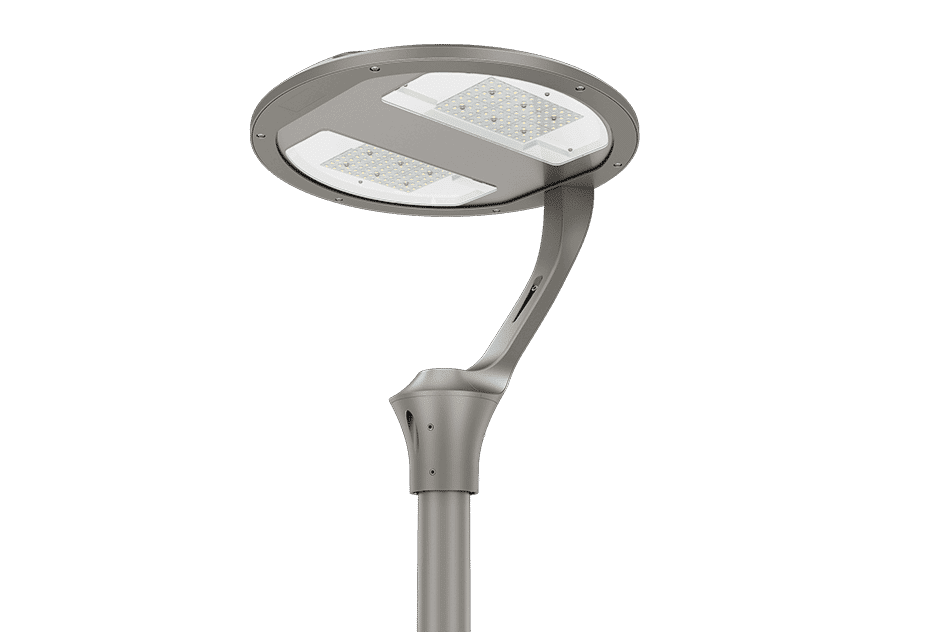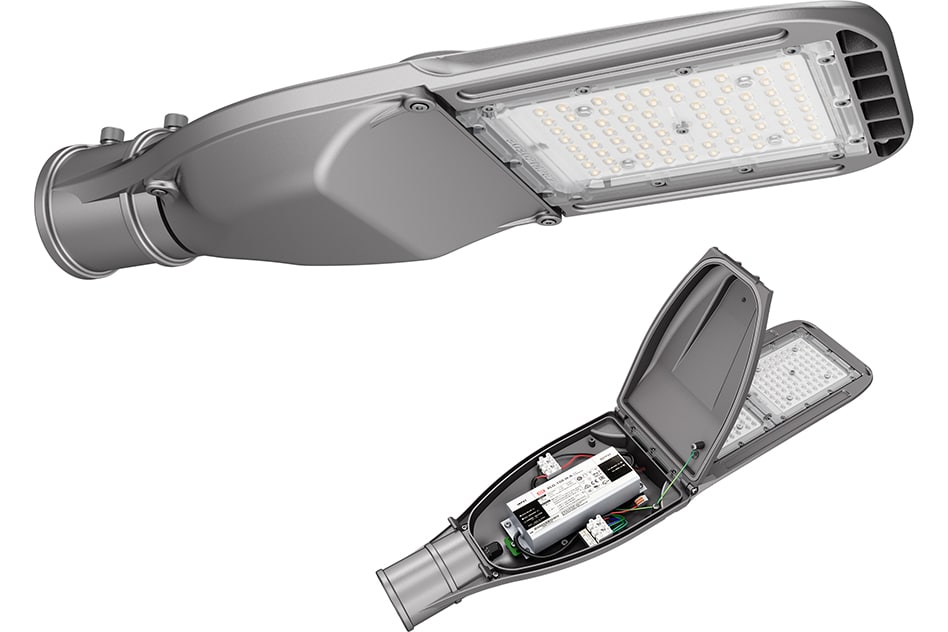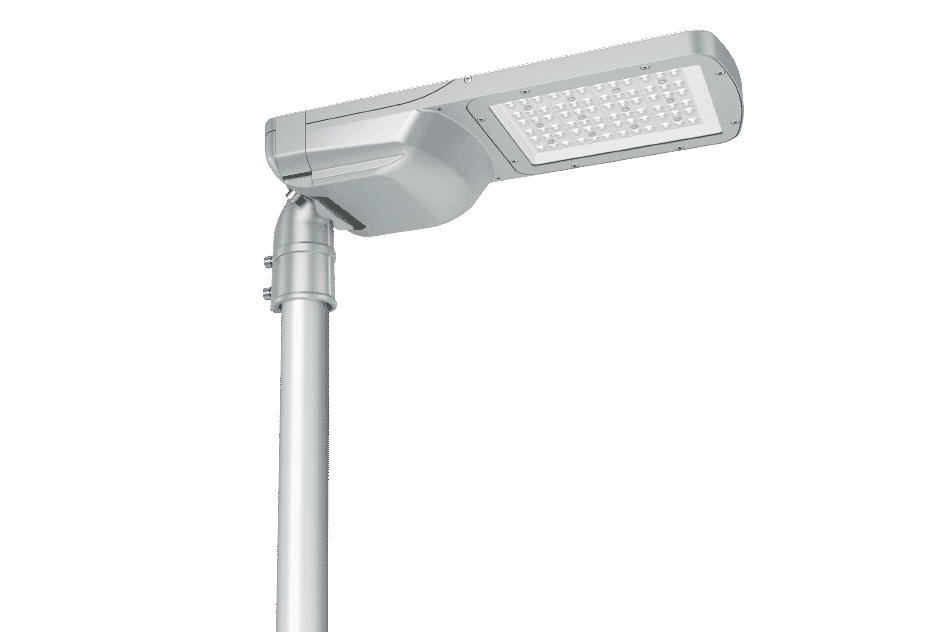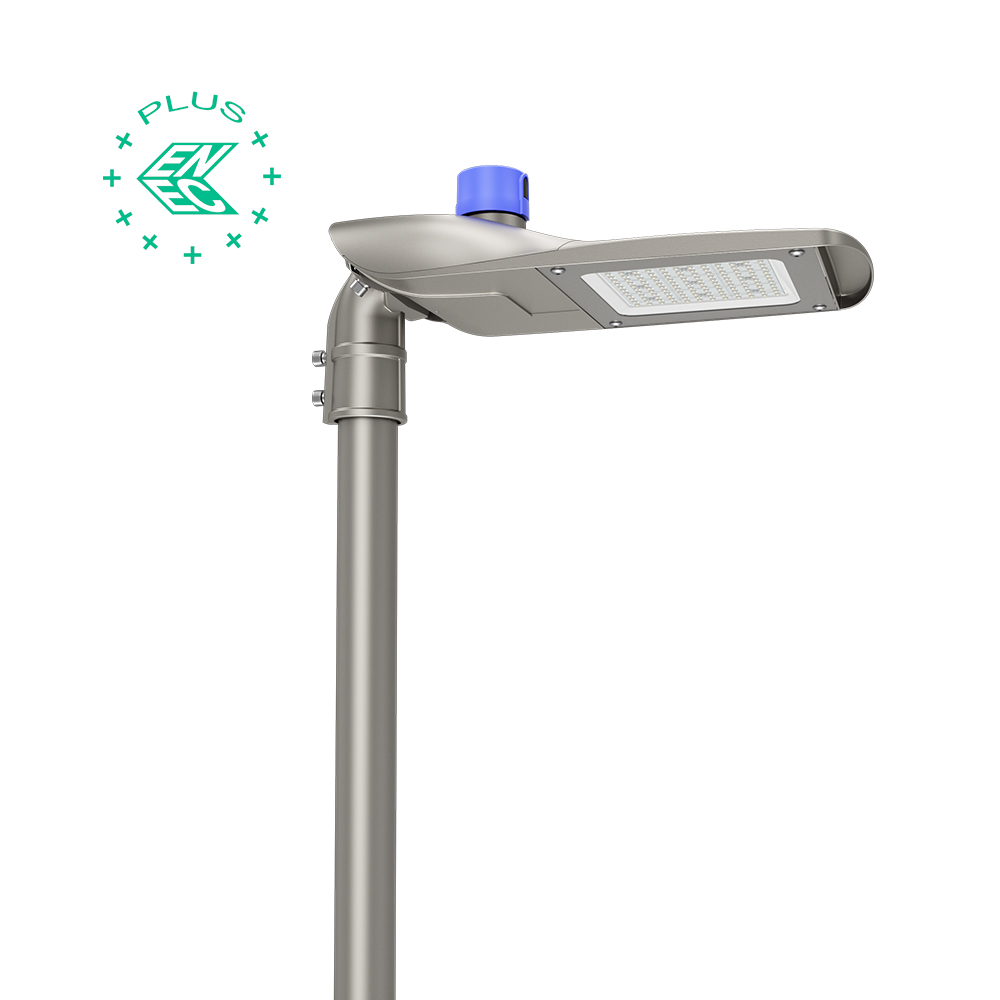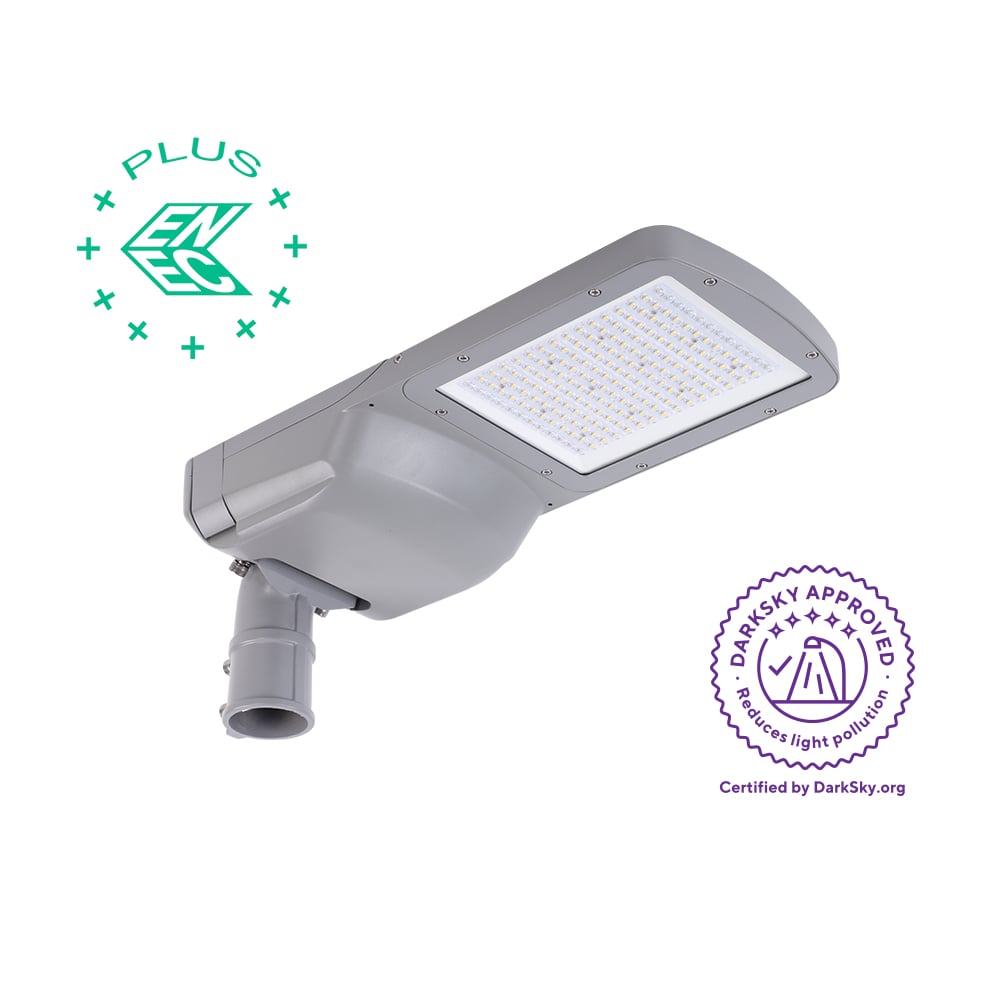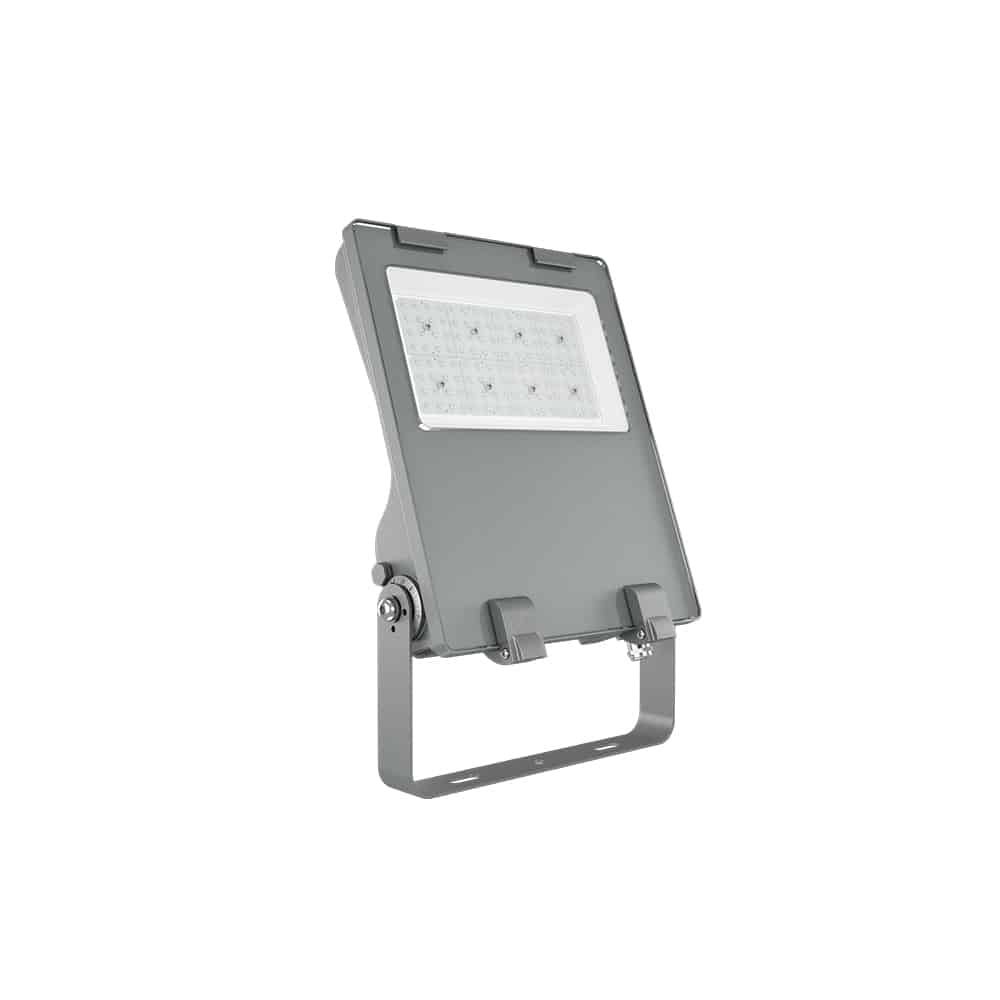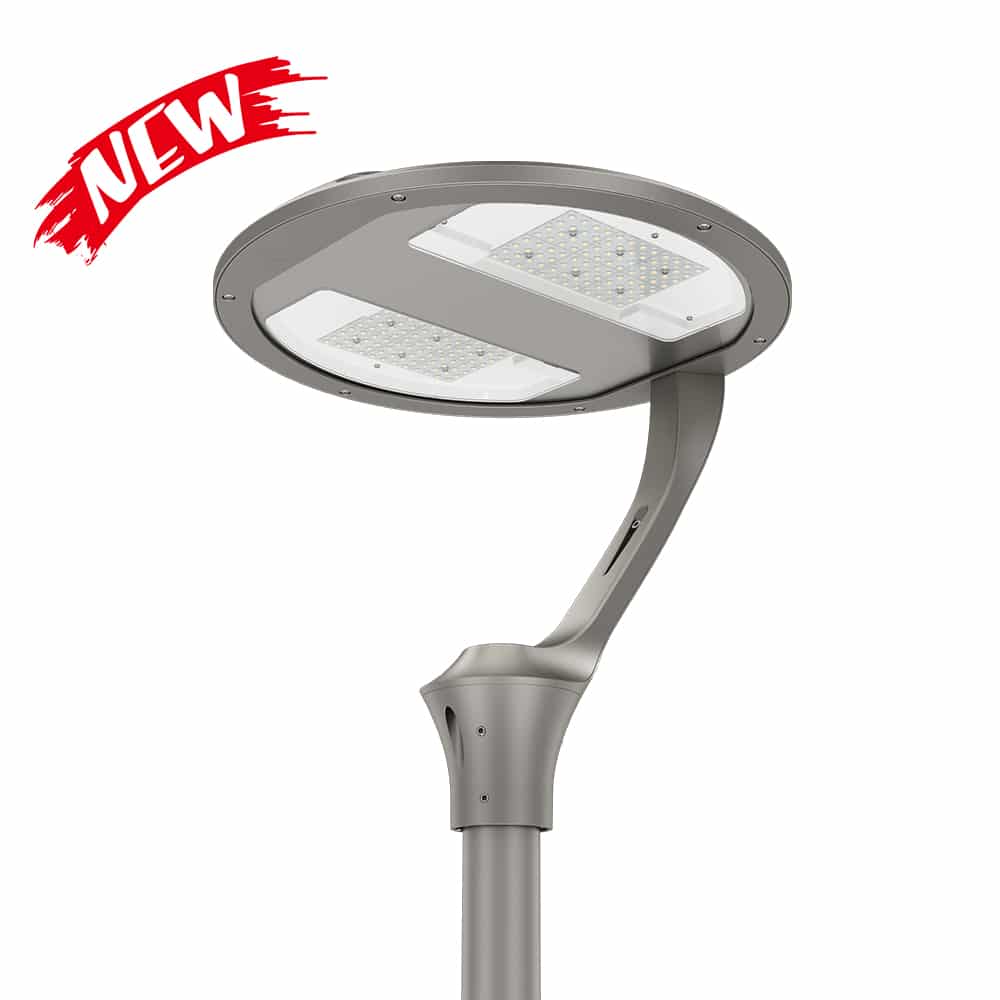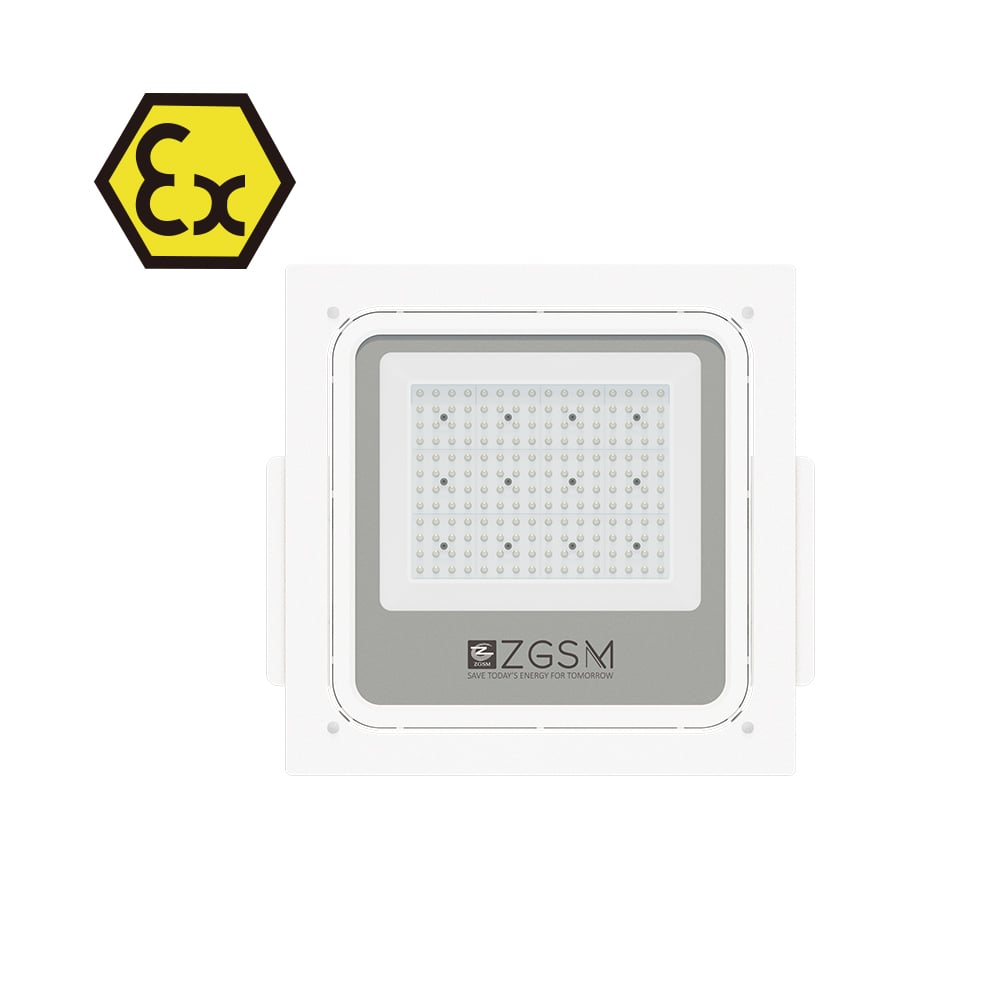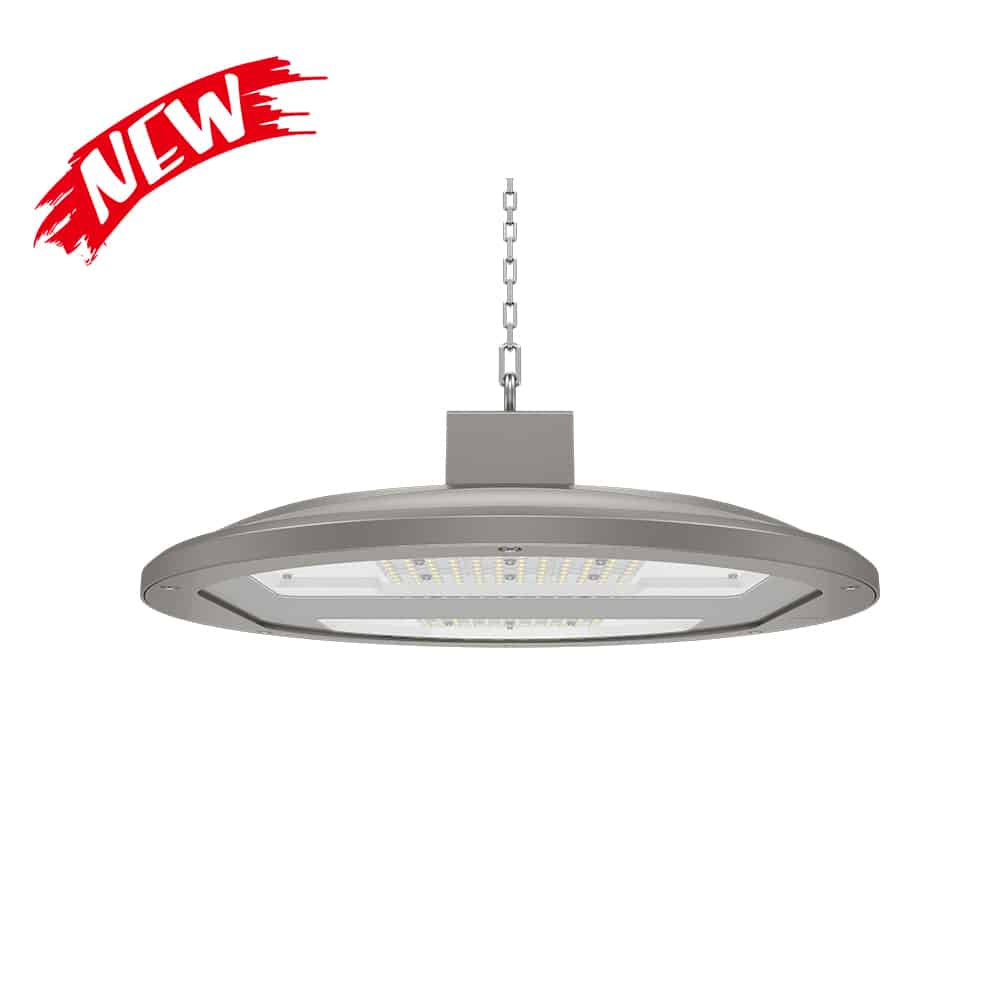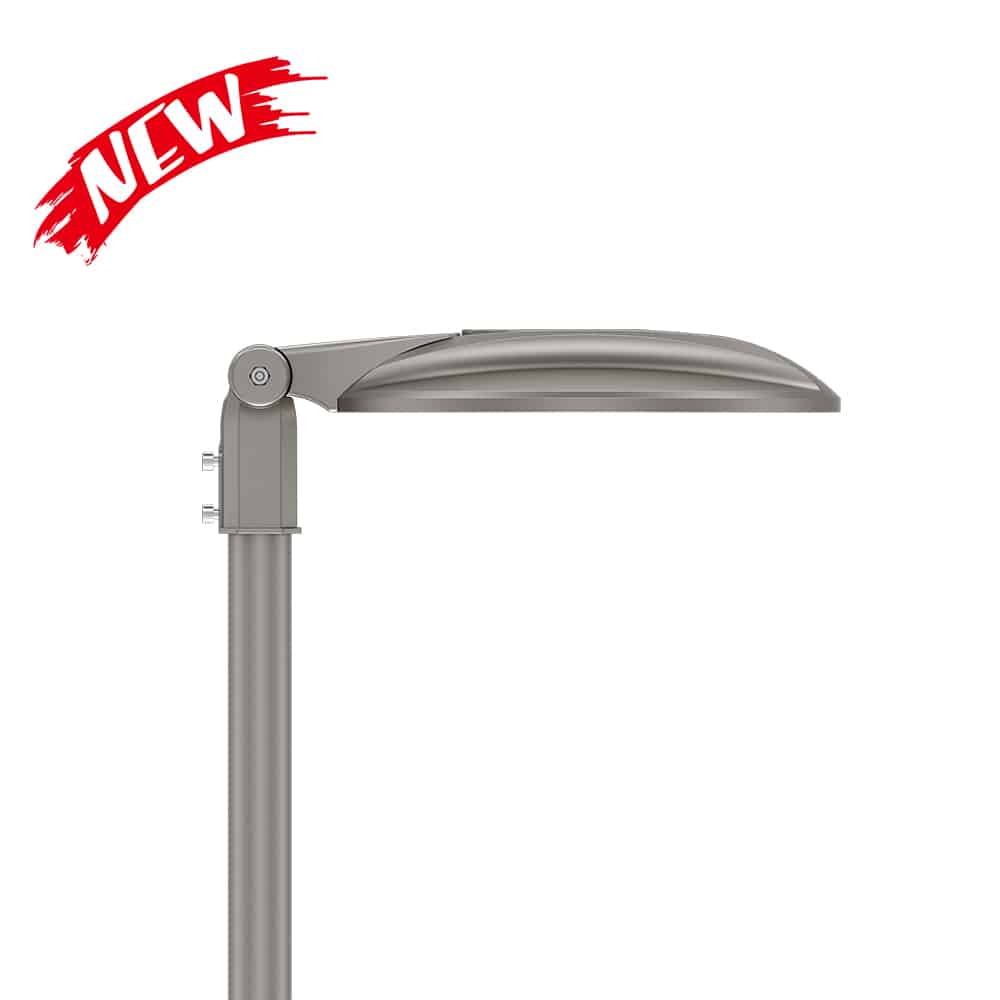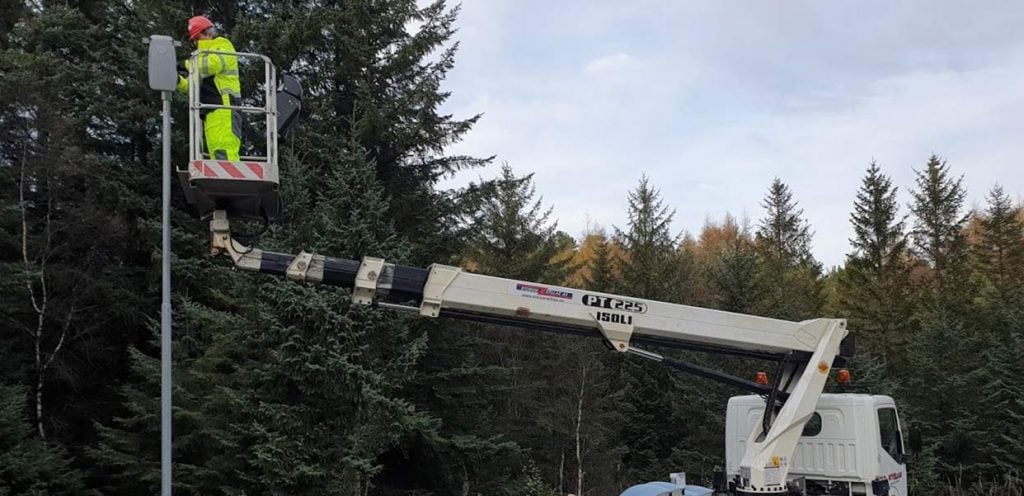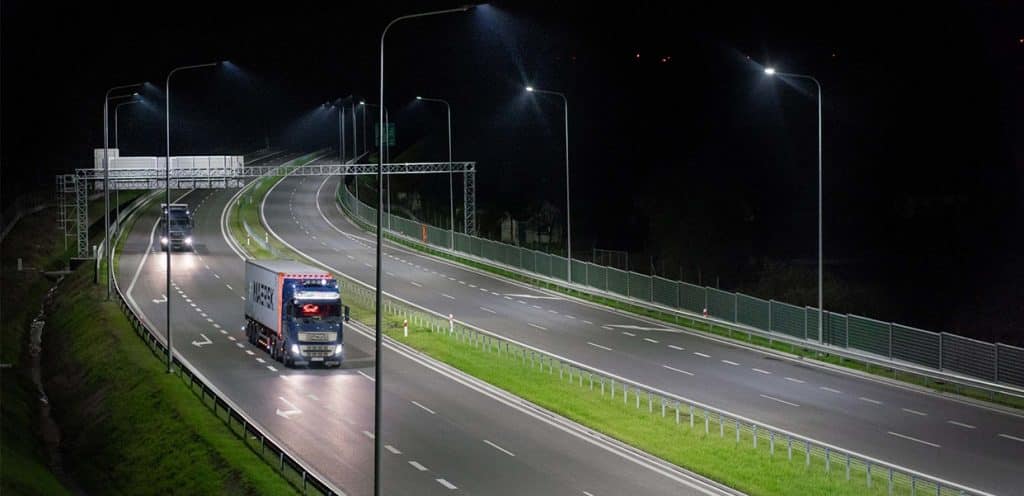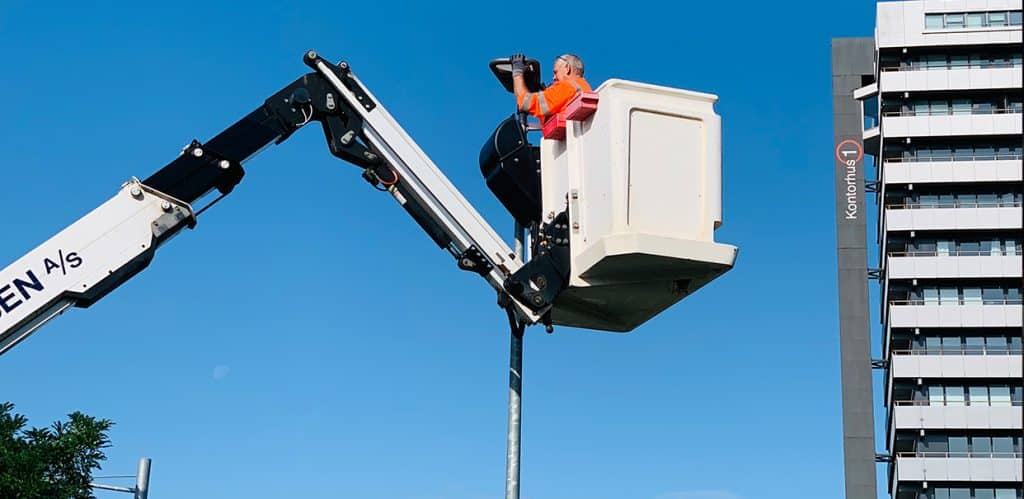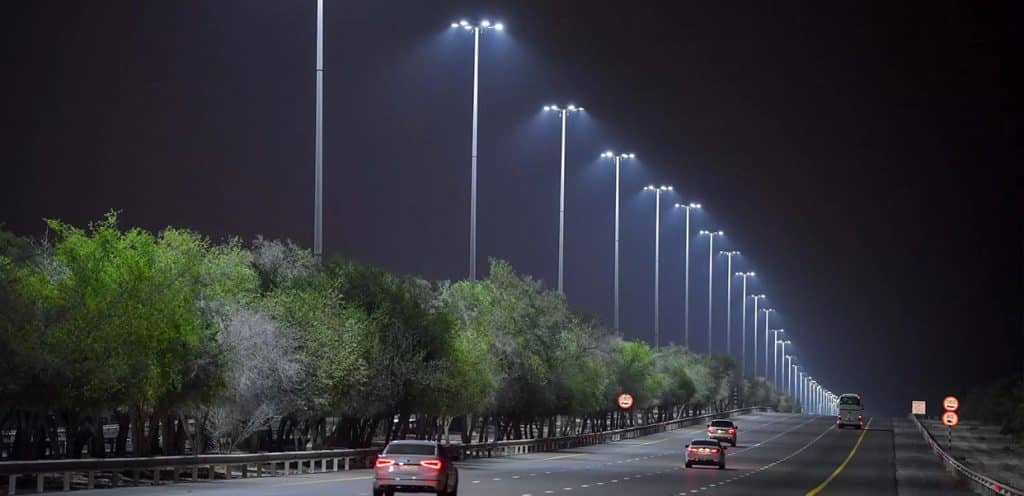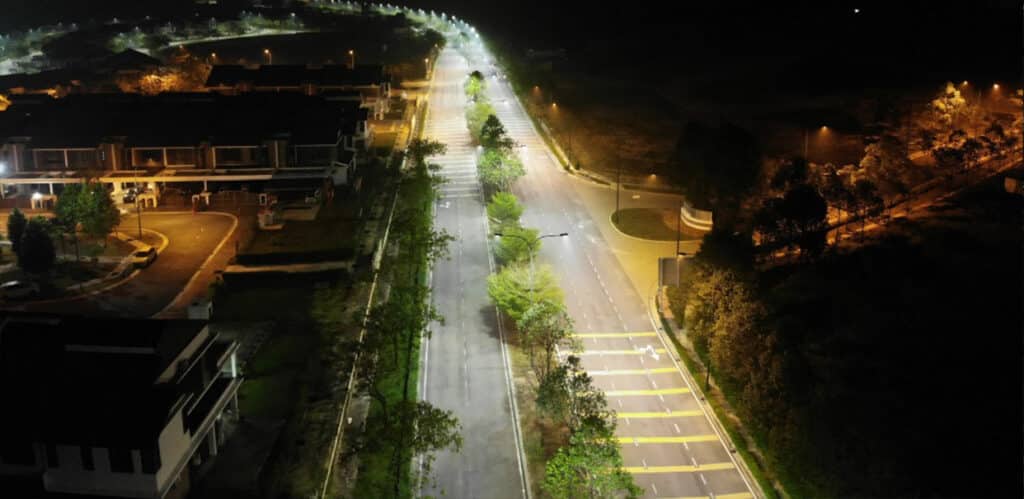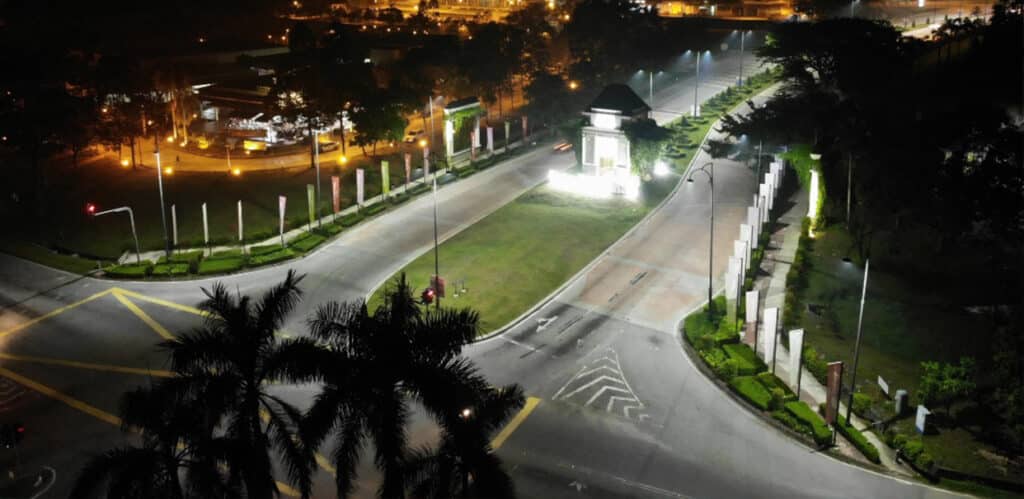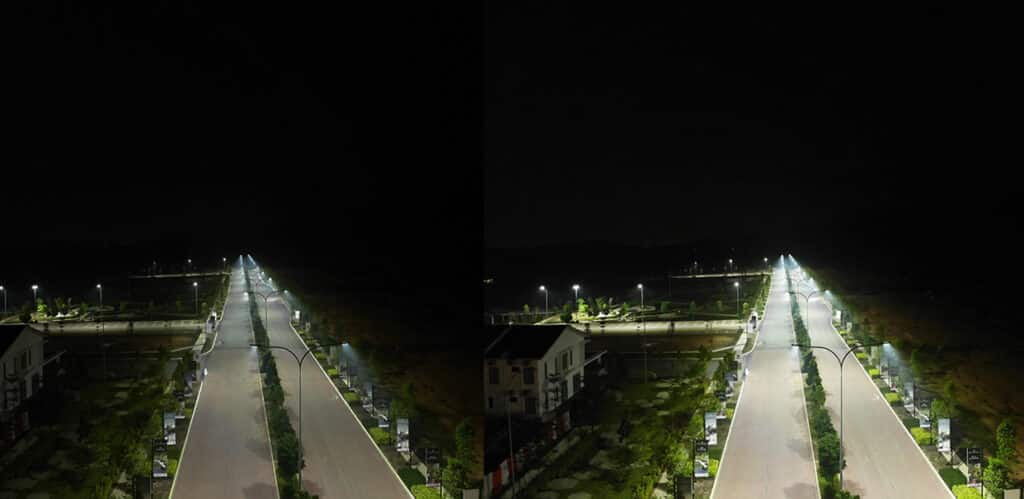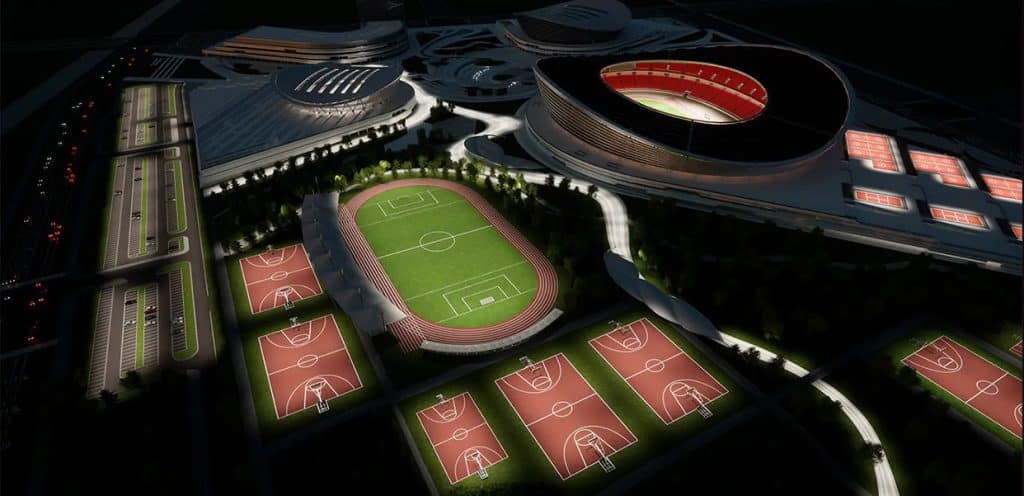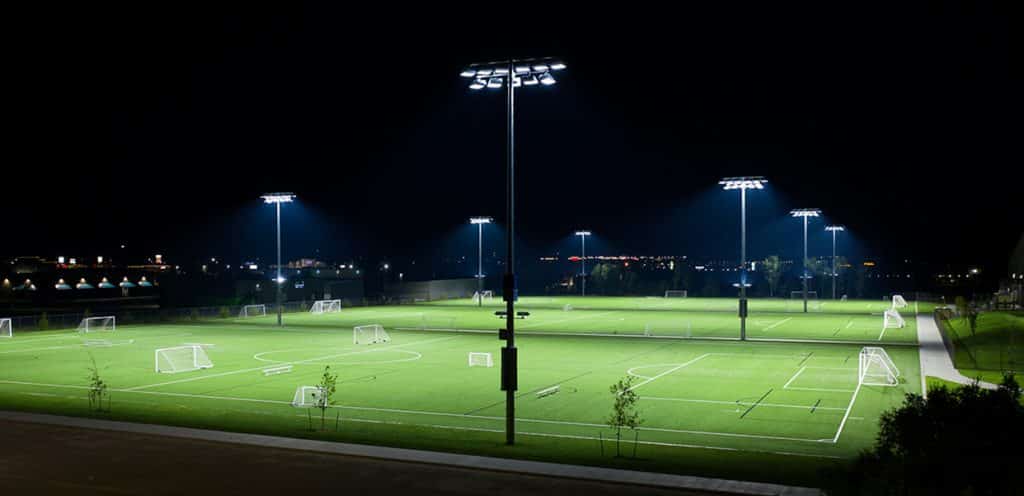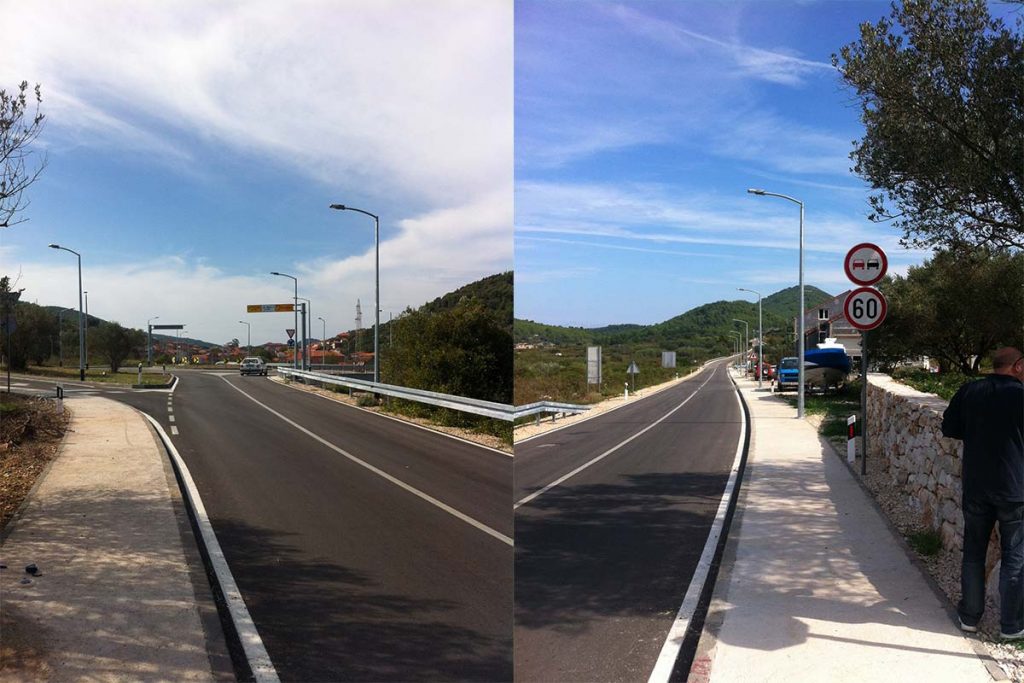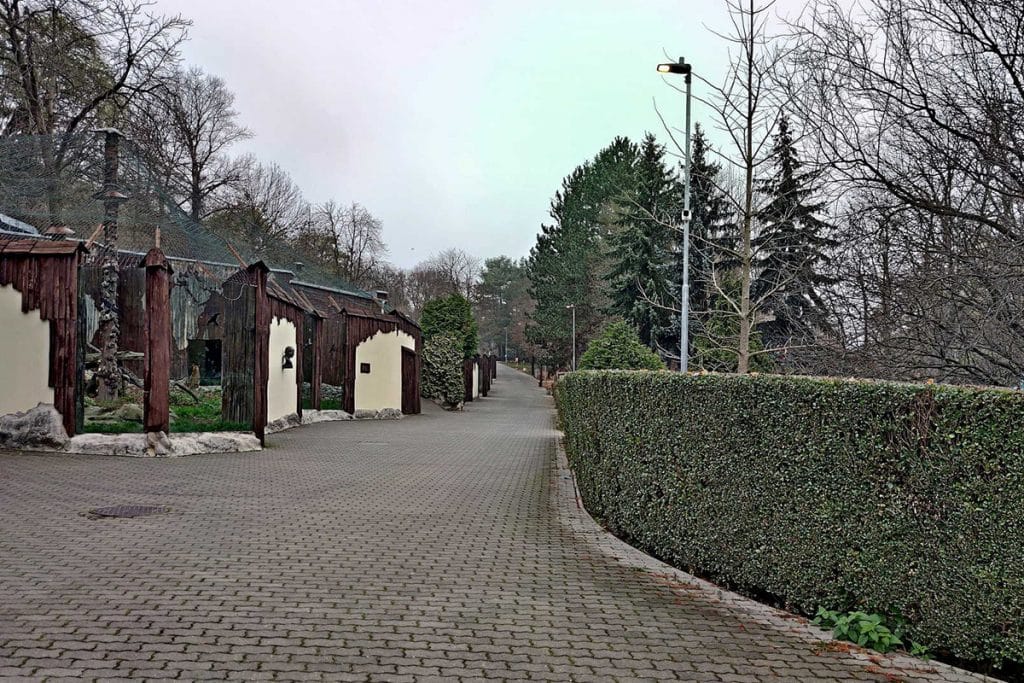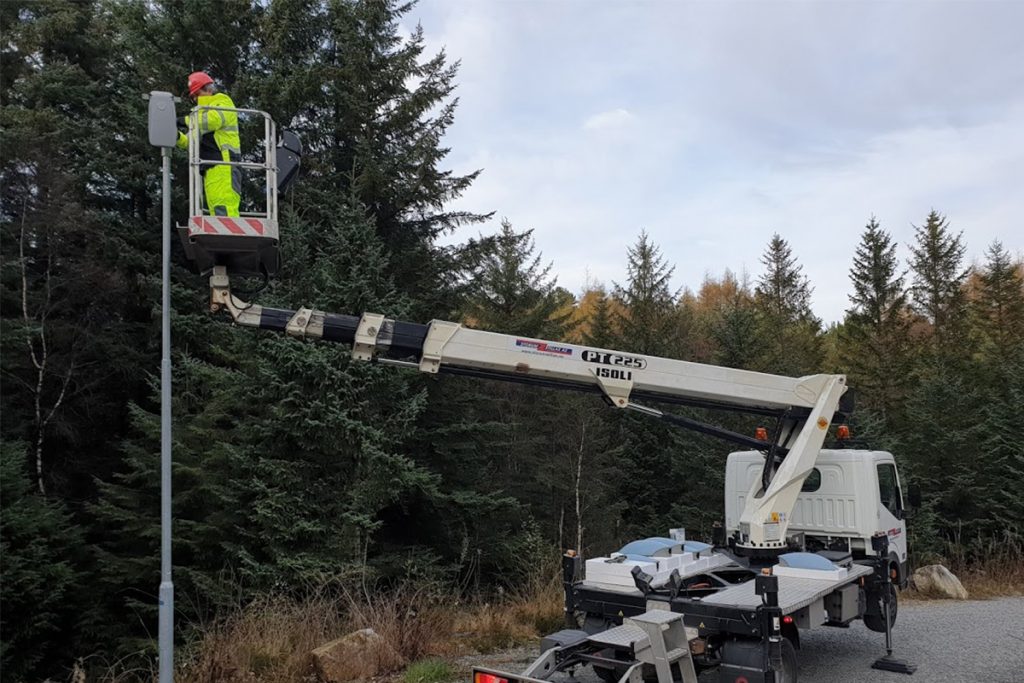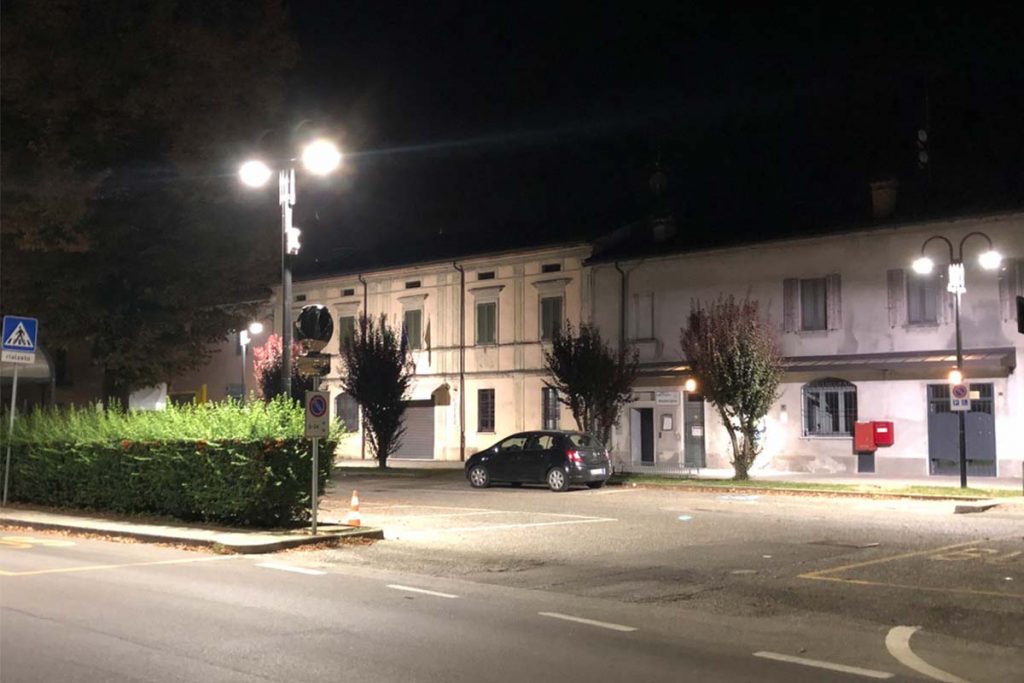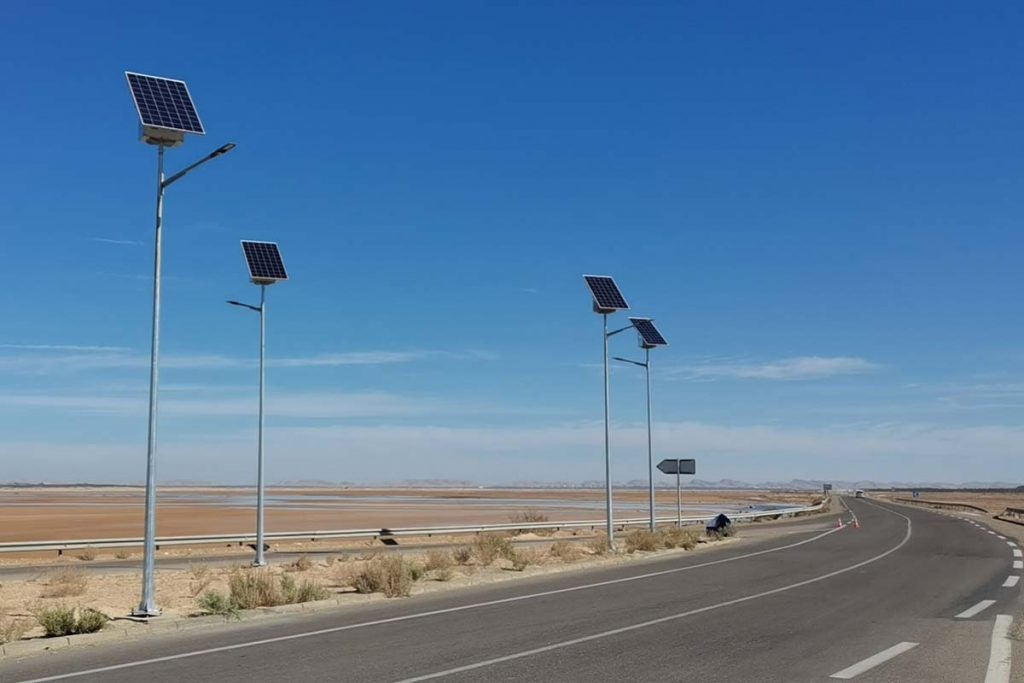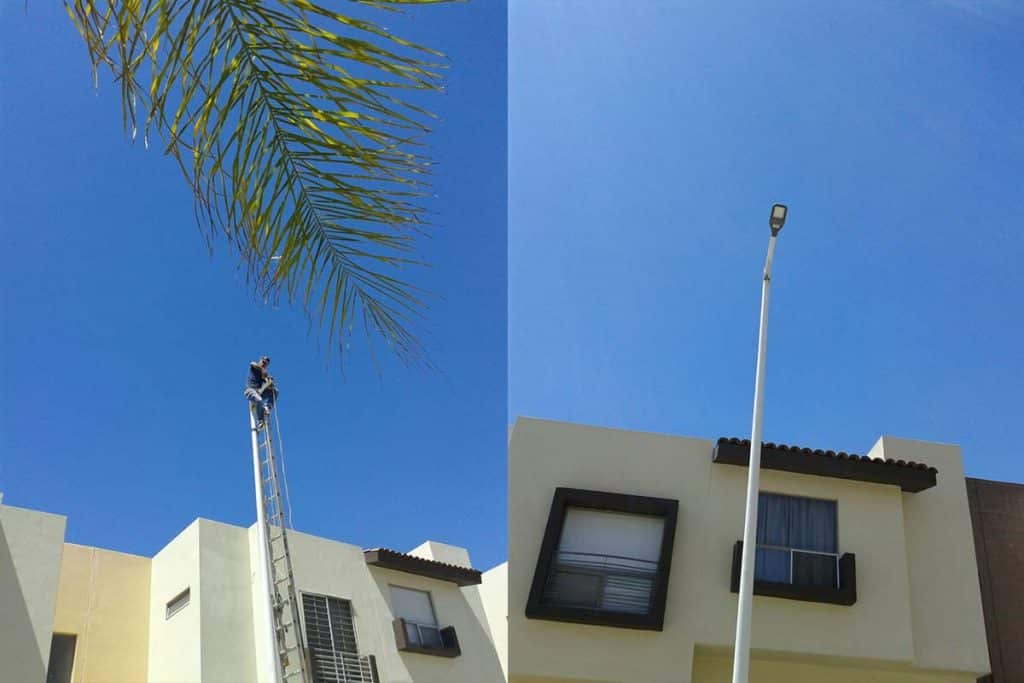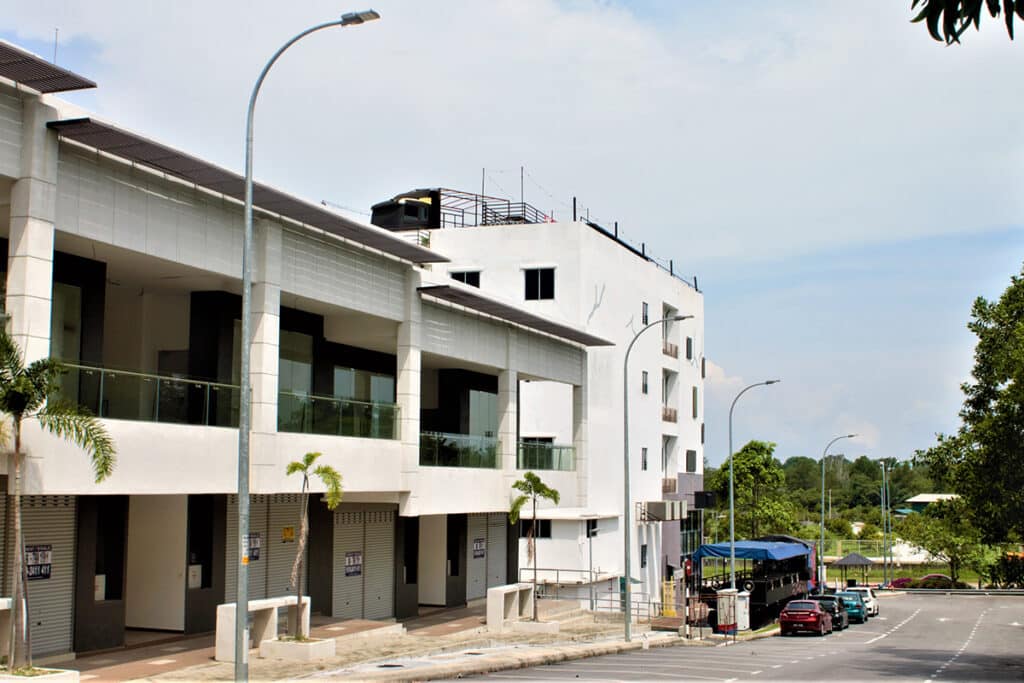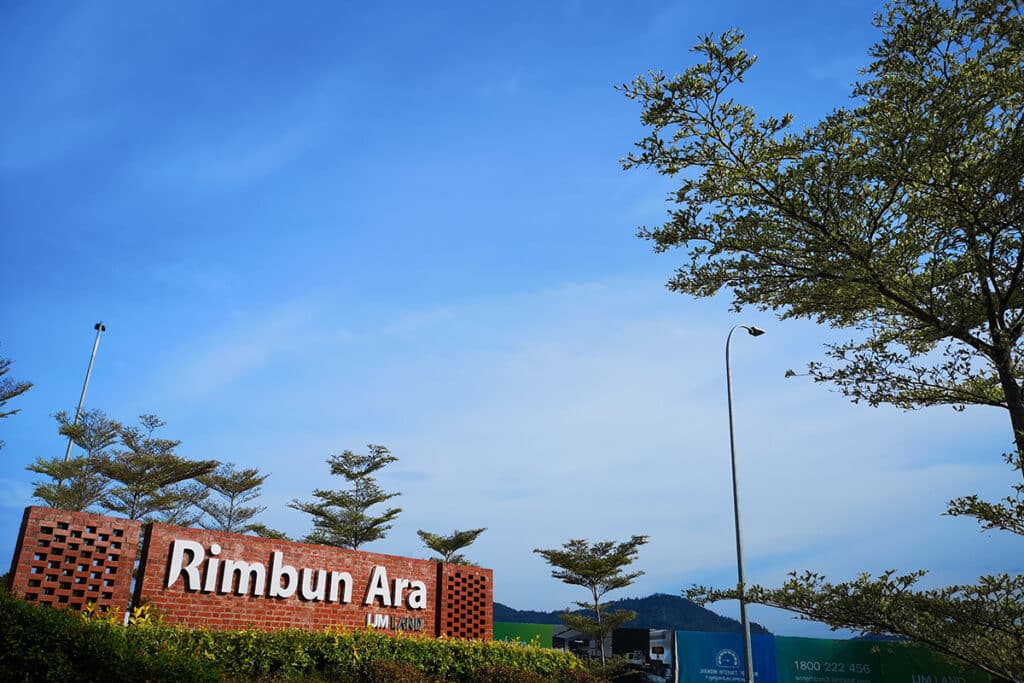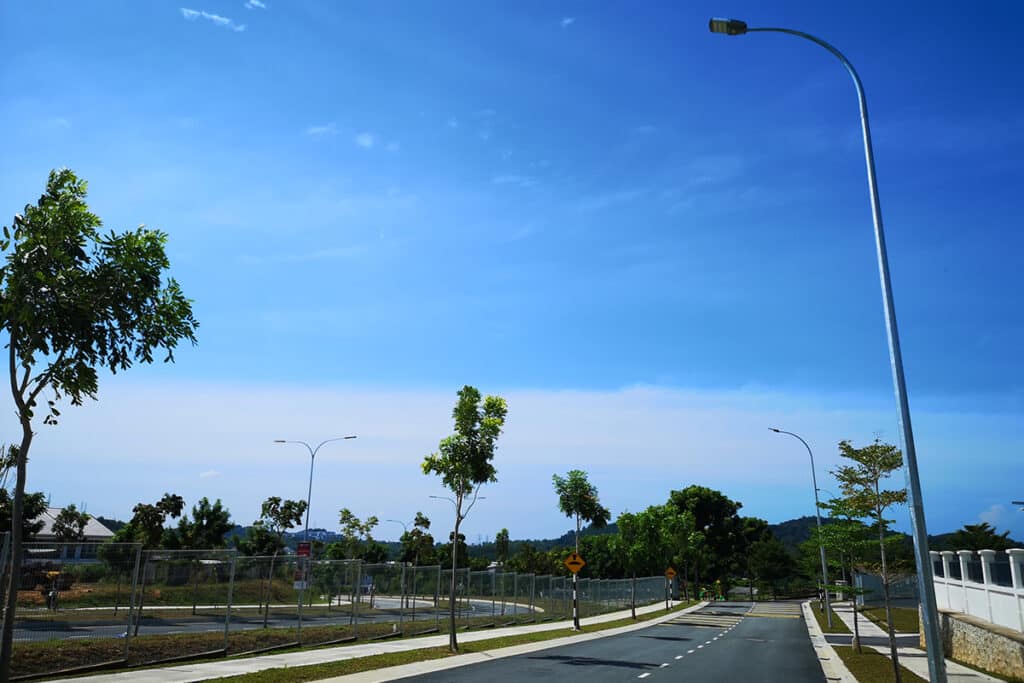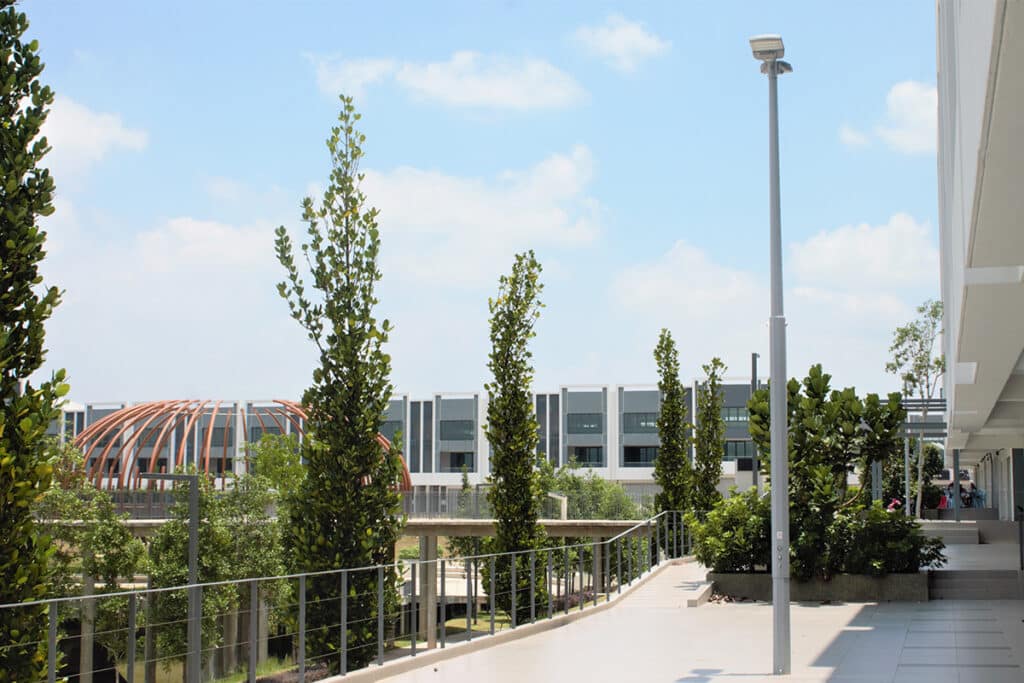LED street light specifications as per public lighting tender
LED street light specifications as per public lighting tender
Introduction
The bid invitation document for LED street lamps is a highly important file that stipulates the technical and quality requirements for the public lighting project. Suppliers and bidders need to strictly follow the provisions in the bid invitation document to submit qualified bids, ensuring that the final selection of lamps meets the project’s requirements and satisfies actual lighting needs. The main parameters for LED street lamps cover various aspects, including structure, electrical parameters, LED chips, lighting distribution and connection structure, as well as labels and certifications. In this article, we will introduce these parameters one by one, hoping to provide a deeper understanding of the requirements for LED street light specifications in the bid invitation document.
Standards refer to LED street light specifications
There are many industry standards related to LED street lamp fixtures, and different regions may refer to different standards due to the influence of various factors. In the Middle East region, various standards in different areas are more or less involved due to the influence of different forces. Below are some common standards:
- IESNA (Illuminating Engineering Society of North America): LM-79 and LM-82 for photometric performance, LM-80 and LM-84 for lamp lifespan.
- CIE (International Commission on Illumination): CIE has published a series of international standards on lighting and optics, such as CIE 1931 and CIE 1976, which are about chromaticity standards (e.g., CCT, color rendering index); CIE 007:2017 is about spectral distribution measurements.
- ANSI (American National Standards Institute): ANSI is responsible for coordinating the development of national standards in the United States and has published many standards related to lighting products. ANSI C136.10 is the standard for 3-pin NEMA sockets, and ANSI C136.41 is the standard for 7-pin NEMA bases ( Watch the video of the Leaf Series streetlights featuring NEMA street light controller ).
- IEC (International Electrotechnical Commission): IEC has published many internationally recognized standards related to lighting equipment, such as the common IEC 60598 standard, which covers safety, performance, and testing standards for LED street lamps and floodlights. IEC 60529 and IEC 62622 are standards for IP and IK rating tests.
- ASTM (American Society for Testing and Materials): ASTM has published many standards related to material and product testing, such as ASTM B117, which is a test standard for the corrosion resistance of LED fixtures.
- UL (Underwriters Laboratories): UL is an independent safety science company that has issued many safety certification standards for products. For example, UL 8750 is a test standard for LED chips, and UL 1598 is a test standard for lamp fixture safety.
Housing and mechanical requirements
The design of the LED street light‘s housing and structure is intended to meet the functionality and usage requirements of the street light while ensuring its performance, safety, and durability. These requirements often pertain to the material, weight, waterproofing, impact resistance, corrosion resistance, vibration resistance, heat dissipation, installation bracket strength/dimensions, and fastener material and strength of the lamp housing. Here are some common LED street light specification requirements for the housing and structure.
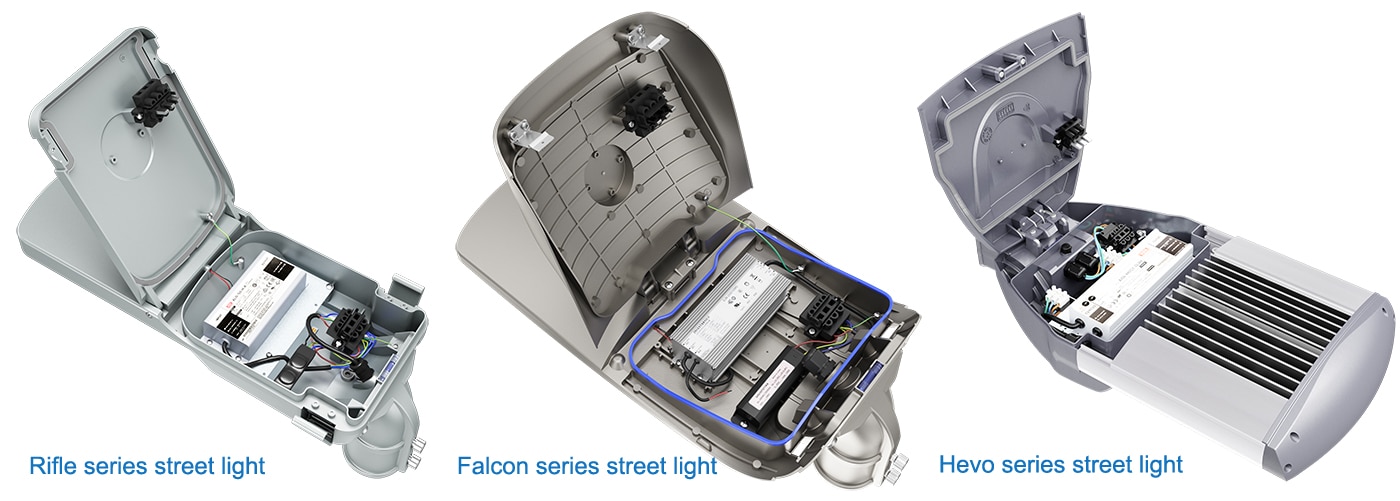
LED driver requirements
The LED driver is very important, as it acts like the heart of the luminaire, driving the proper functioning of the light. Therefore, it is essential to establish specific requirements for various parameters of the LED power supply, including waterproofing, power factor (PF), total harmonic distortion (THD), driver efficacy, lifetime (MTBF), protection functions, certificates, and other aspects. Below are some of the requirements for the LED driver.
General requirement of LED driver
| Type of LED driver type | Constant Current |
| Ingress protection | IP66 |
| LED driver output current | ≤ 1050 mA |
| Input voltage | 120 – 277 VAC , 60 Hz |
| Working temperature Tcase | – 40℃ to + 80℃ |
| Interface dimming | 1 – 10 V |
| Power factor | ≥ 0.95 @ full luminaire load, 220VAC |
| Driver efficiency : | ≥ 92% @ full luminaire load, 220VAC |
| Total Harmonic Distortion THD | ≤ 20 % @ full luminaire load, 220VAC |
| The driver lifetime | ≥ 50K hours @ luminaire full Load, Ta (50℃) |
| MTBF | ≥ 200k hours |
| Safety standards | UL8750, EN61347-1, EN61347-2-13, EN62384 |
| Protection | SCP – Short Circuit, OVP – Over Voltage, OTP – Over Temperature |
LED chip requirements
The main parameters of the LED chip include luminous flux, efficiency, emission wavelength, color rendering index (CRI), operating current, operating voltage, beam angle, and color temperature. These parameters are critical as they influence the performance and application of the LED chip. Luminous flux and efficiency determine the illumination effect and energy efficiency. Emission wavelength and color temperature determine the color and temperature of the light. CRI evaluates the accuracy of color representation. Operating current and voltage determine whether it is compatible with the power supply.
In addition to these parameters of the LED chip, the bid invitation document for street lamps also has requirements for the spectral characteristics of the luminaire, namely light distribution and BUG rating (in North America). These are closely related to the lenses used in the luminaire. At the same time, the material of the lenses, the lifetime of the LED chip (luminaire), and color deviation often have specific regulations in the document. Below are some requirements for LED chips and light distribution:
| Requirements of LED chips | Requirements of lighting distribution and others |
| a) LED chips should be a high-power outdoor type manufactured by a reputable lighting manufacturer (Lumileds, Cree, Nichia, Osram, etc.) and must comply with ANSI/NEMA/ANSLG C78.377 standards. b) The latest version of the LED datasheet, which includes the full bin code or serial number, must be submitted and publicly available from the manufacturer. c) Correlated Color Temperature (CCT) should be 4000K (Nominal) ± 250K. d) The LED should fall within the chromaticity regions of 3-Step or 5-Step (MacAdam Ellipse). e) The Color Rendering Index (CRI_Ra) should be ≥70. f) The forward current for LED chip: ≤525mA g) The system luminous efficacy: ≥120 Lm/W @ Tambient (25℃). h) The chromaticity shift (Δu’v’) for LED: ≤ 0.002 @10khrs, 525mA . | a) The luminaires shall be used a high quality aluminum reflector or high quality lenses (e.g., PMMA ) accordance with UL standard to increase light output, which have a high resistance to outdoor exposure and ultra-violet light. b) The luminaires lenses shall be manufactured by a well-known manufacturer and datasheet shall be submitted with specified the full serial number. c) The reported lifetime (L70) for luminaires: ≥ 100K hours @ Tambient (25℃). d) The (BUG) rating for luminaires: B2 – U0 – G2 as per IESNA TM-15-11. e) The luminaires wattage vs lumen output for street application shall meet the requirements. f) The Luminaires should have Street Side Lumens [ FL (0 – 30) degree + FM(30 – 60) degree ] ≥ 75%. g) The lighting of luminaire shall not create a repeated shade, to make a comforting visibility. h) The luminaires lighting simulation shall meet the requirements as stipulated in lighting simulation section. |
Electrical connections/gaskets requirements
The electrical connection of LED streetlights must adhere to industry standards, using high-quality connectors and appropriately sized cables to handle electrical loads. At the same time, we need to ensure that the luminaires have excellent surge protection capabilities. Additionally, LED streetlights should be equipped with durable and weather-resistant gaskets and sealants to provide effective waterproof and dustproof features. All of these measures ensure that LED streetlights are protected from external environmental influences and ensure their long-term and reliable operation. ( Please review case studies of Streetlight LED. )
Finish (paint) / label marking requirements
The LED street light label generally requires the following information to be specified: Product model, Trademark, Electrical parameters (Wattage, Voltage, Current, Power supply, LED chip model, etc.), Optical parameters (CCT – Correlated Color Temperature, CRI – Color Rendering Index, Spectrum, etc.), Safety certifications (CE, UL, ENEC, etc.), Operating temperature, IP rating (Ingress Protection rating), IK rating (Impact Protection rating), Production date and serial number, etc. Additionally, the surface coating of the luminaire, which is usually specified in the bidding documents, is related to the luminaire’s corrosion resistance, UV resistance, wear resistance, and durability. Moreover, the finish color of the luminaire is generally specified using the RAL color code to ensure consistency between the color of the lighting pole and the luminaire. The below image shows our Rifle street luminaire‘s label and the RAL color code.
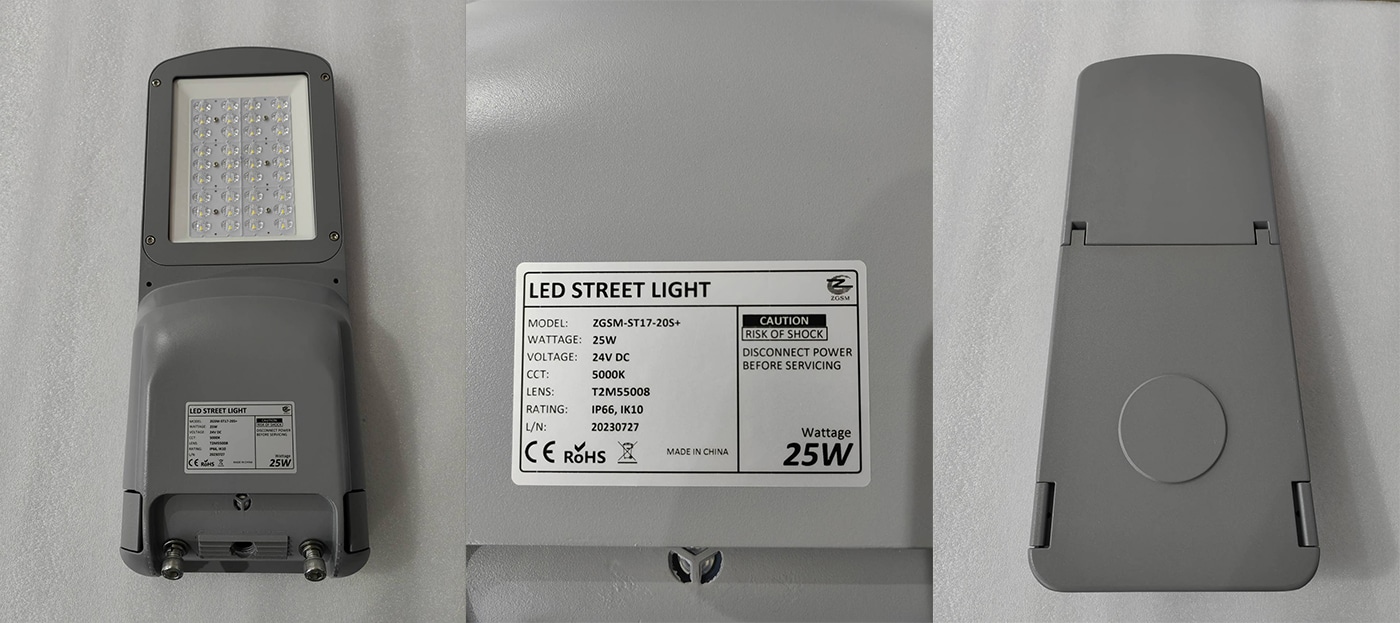
Lighting simulation requirements
In the preceding chapters, we focused on discussing LED chips, spectra, and lumens, all of which are closely related to LED street light specification. The bidding documents typically provide detailed information about the road conditions, illumination/brightness requirements, lighting pole specifications, and wattage requirements for the project. Based on this information, we are required to provide lighting simulation results (Dialux report) to demonstrate that our street light specification meet the specified requirements. For bulk installations on roads, sometimes prototype projects (sample projects) are also necessary. These prototype projects involve the verification of the real lighting performance of the street lights to ensure that the LED street lights perform as expected in practical applications. Considering the complexity of these tasks, we will not delve into them further here. For more details, you can refer to the blog posts at the following links: street lighting design and lighting design by Dialux EVO. The below picture depicts the road conditions, lighting requirements, and ZGSM’s lighting simulation.
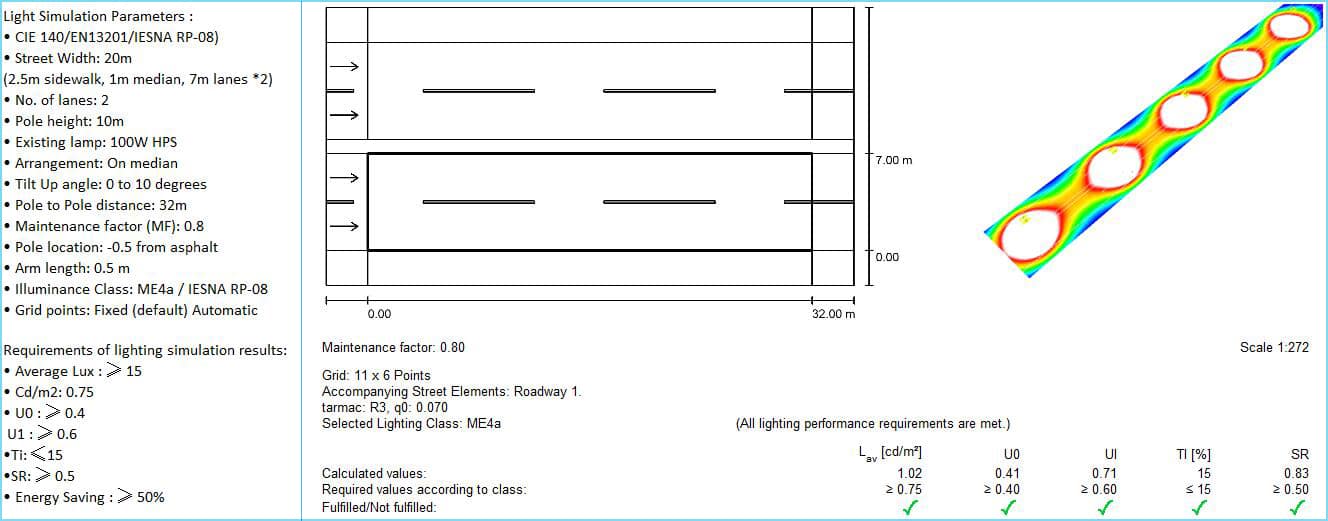
ZGSM certificated street light
ZGSM is a professional manufacturer of LED lights. And ZGSM has various certified LED street lighting solutions. Below we list UL, CE ( CE lighting certification ), ENEC, CB and ENEC certified street lights, if you are interested, you can visit the page of different street lights with certifications. Besides the certificates, we also provide all kinds of documents refers to street lights include the IP, IK, LM79, LM80, IEC62717, IEC62722, ISTMT, etc.
Summary
This article briefly introduces the essential aspects involved in LED public lighting tender projects. These include LED street lighting industry-related standards, requirements for the luminaire housing/structure, LED driver, LED chip, light distribution and lumen output, electrical connections and sealing structure, as well as surface treatment and labeling. Understanding these elements enables us to quickly assess whether our LED street light specifications comply with the requirements stated in the tender documents and make improvements when needed. Additionally, we have gained knowledge about certifications, reports, and relevant standards related to LED street lighting, which are crucial for verifying product quality and performance. By engaging with relevant laboratories for verification, we can ensure that our products meet the standards and requirements. All this knowledge enhances our understanding of the requirements in road lighting tender projects, whether as a supplier, project initiator, or owner. Learning about these aspects helps us find suitable production with right LED street light specification. By comprehending the specifications required in tender documents, we can better address challenges and provide high-quality, standards-compliant LED street lighting products, contributing to the successful implementation of road lighting projects. ( View more about the case study of LED street light )
Rated Products
Related Blogs
Related Cases
People also ask
Author introduction
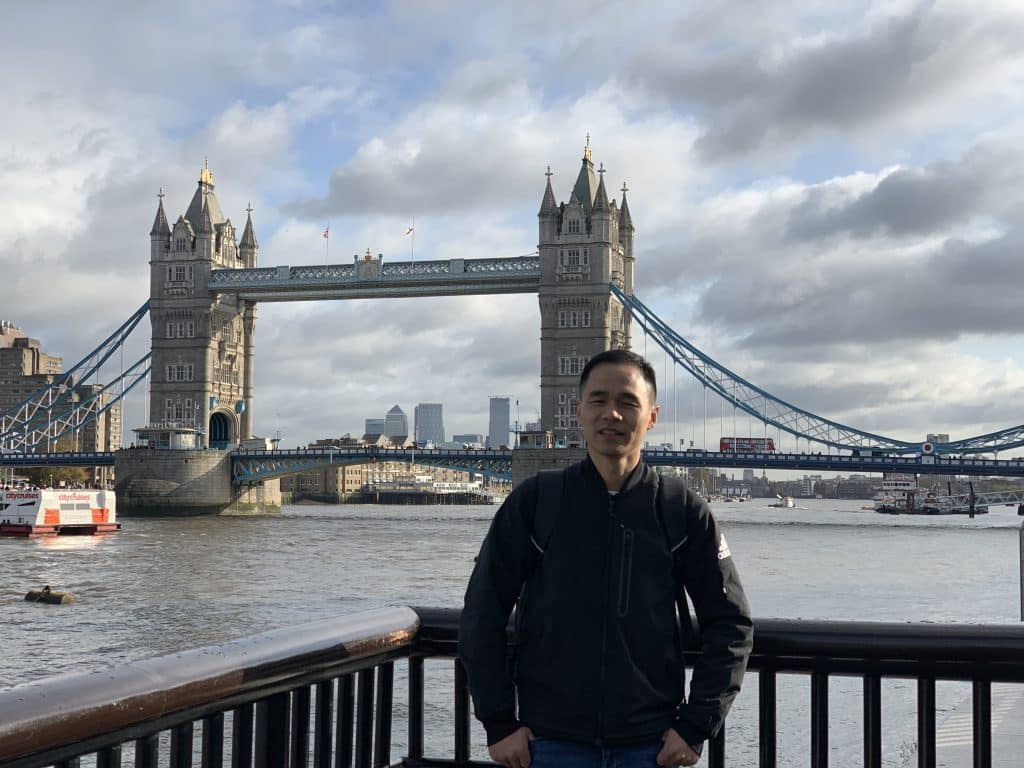
Hello Customers,
My name is Taylor Gong, I’m the product manager of ZGSM Tech. I have been in the LED lights industry for more than 13 years. Good at lighting design, street light system configuration, and bidding technology support. Feel free to contact us. I’m happy to provide you with the best service and products.
Email: [email protected] | WhatsApp: +8615068758483

